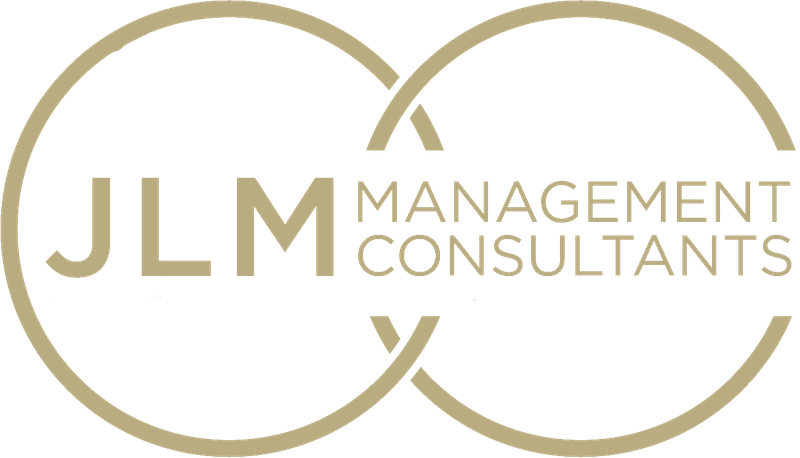I’ve been thinking about the importance of clarifying different types of leadership styles, and I wanted to explore one in particular in this newsletter. You may have heard of “Servant Leadership” and “Situational Leadership” and other style variations. I’m interested in helping people shift to a “Coaching” style of leadership. This seems like a good place to explain what that means to me.
So, I’ll just dive in!
Anyone who’d like to shift to more of coaching style would need to begin by identifying the assumptions they hold about both the role and the people they are leading. Let me illustrate some ways that a traditional leaders’ beliefs (and therefore their actions) differ from the “coach-leader” beliefs and behaviors.
Traditional assumptions about a leader’s role and the people who report to them:
- I need to have all (or most) of the answers. People come to me expecting answers, which I give them.
- I expect employees to fulfill my expectations; they get paid to do a job.
- If I’ve hired someone to do the job, then they shouldn’t need me to help them do the job. I have my own tasks to perform.
- If someone isn’t performing their job well, I might take it over to get it done right or I might assign it to someone else.
- Sometimes people need additional technical skills to do their jobs.
- If there’s additional training needed, it’s probably HR’s responsibility to offer that.
Here is a different set of assumptions about employees and one’s role in managing/leading them:
- All employees have strengths and weaknesses. All employees will need coaching in a specific area and will need to develop themselves as a leader-coach.
- I help people grow by knowing their specific strengths and areas for improvement.
- I “model the way” with employees. For example, if I want direct reports to listen, then I listen more. If I want risk-taking or creativity, then I show them that I’m willing to take risks and be creative.
- I want people to take responsibility for their actions and not be defensive or blame others. I need to demonstrate by my own actions that I’m not defensive or needing to blame others.
- I will voice doubts and fears as well as hopes and joys. They know that I don’t have all the answers. Fearlessness is not the same as courage: courage is acknowledging fear and going ahead anyway.
- I “partner” with the employee to learn. If the employee “fails,” I look at how I’m training the person. I take responsibility for finding the best way to teach/train the employee.
- I want my direct reports to contribute to a great working environment that motivates employees to perform well and feel committed to our company. I must, therefore, be emotionally intelligent (understanding myself and how I relate to others) if I expect that of employees.

These coach-leader beliefs are becoming more common in organizations, and yet we have a long way to go before they’re the norm in most companies. While a coach-leader may also have to plan, organize, direct, monitor, and evaluate (just as most managers have to do), they see the role as quite a bit more than that. A coach’s job is also to help others learn by encouraging them to find the answers themselves. Implicit is the presumption that an employee’s job is to continuously learn and therefore to improve job performance. Both employee and coach hope that better performance will allow the individual to be able to move to the next level of contributing to the company and to add to an ongoing culture of learning and adaptability. All of this benefits and creates more value for the company.
The leaders at Google empirically found the value of using a coach-leader style. They tasked a group of people (called Project Oxygen) to study what led some Google leaders and their teams to perform much better than others. They found eight behaviors that clearly emerged when comparing the average to the best leaders. I want to share the first two findings (these are the TOP two behaviors of best leaders) with you here:
1 – Be a Good Coach
Provide specific, constructive feedback, balancing the negative and positive.
Have regular one-on-ones, presenting solutions to problems tailored to your employees’ specific strengths.
2 – Empower Your Team and Don’t Micro-Manage
Balance giving freedom to your employees while still being available for advice.
Make “stretch” assignments to help the team tackle big problems.
(You might want to take a moment to read the longer Google article about this research here.)
Skills For Coaching Leaders
So, what are the skills you need to up your game as a coach-leader? First, as noted by Google, you need to be able to give constructive feedback. If you didn’t see my tips on giving and receiving feedback in my first two newsletters, then you can head here.
- Here are some other skills that you can look forward to in future newsletters:
- Why and how to “model the way”
- Assessing and improving your emotional intelligence
- Knowing your own strengths and areas to improve, as well as those of your direct reports
- Articulating your personal and organizational values, and those of your direct reports
And let me know if you or a colleague want to grow your leadership skills or build a more focused, high performing team! We can get on a complimentary call to see if I might be of service and if we’re a good fit to work together.
Wishing you a wonderful week!
For more actionable tips like this in your inbox once a month, as well as your free copy of Grow Your Company and Culture, with TEAMS, head here.

Leave A Comment